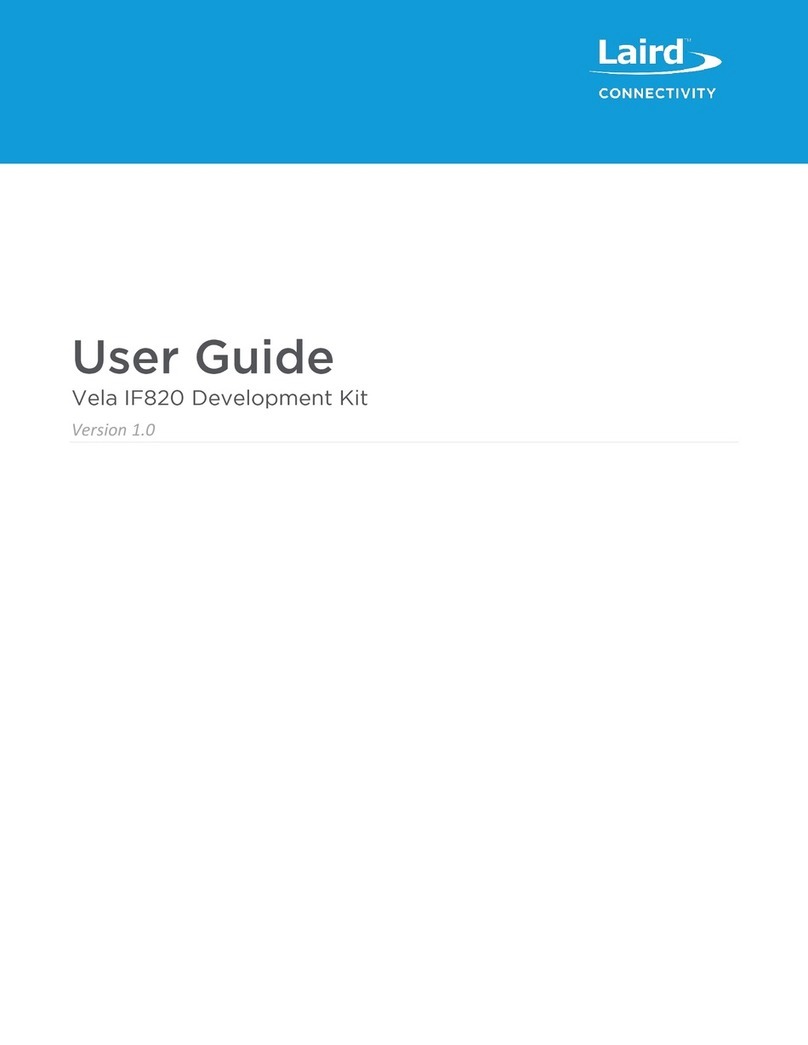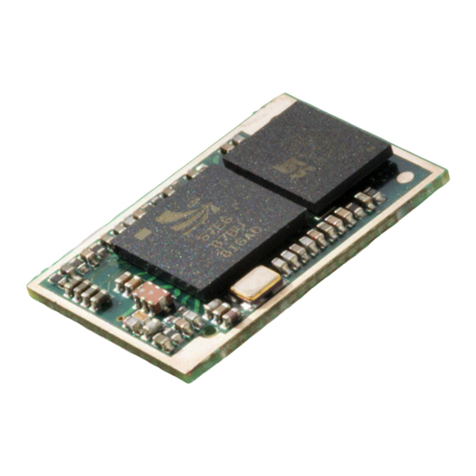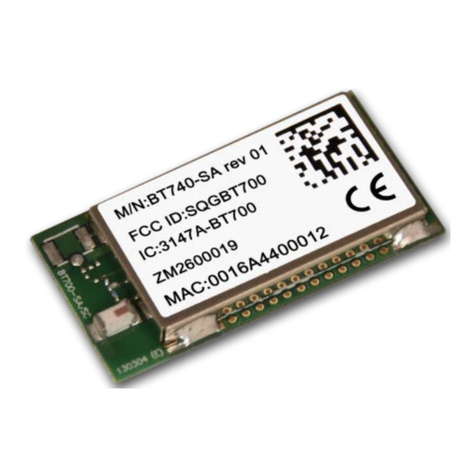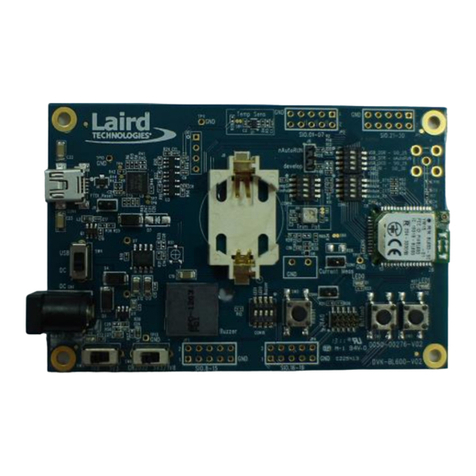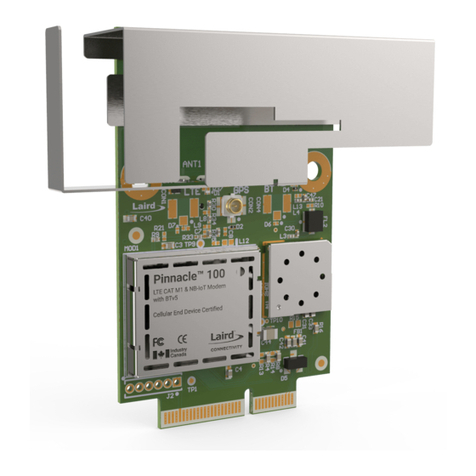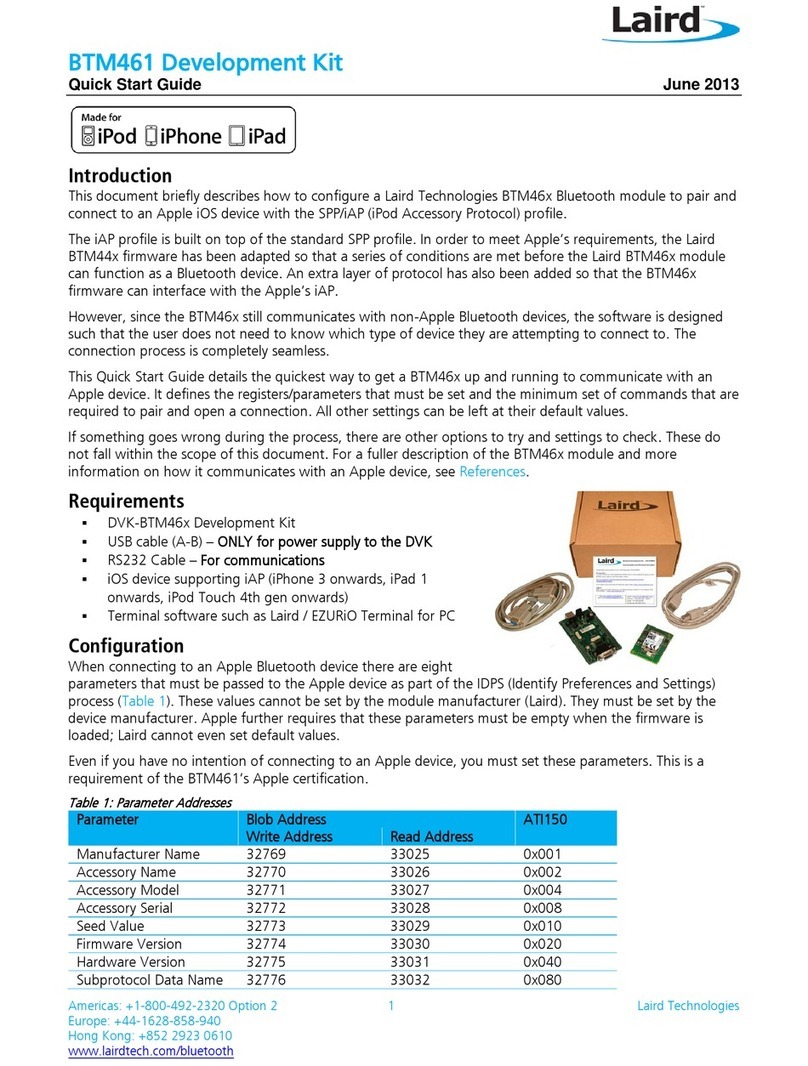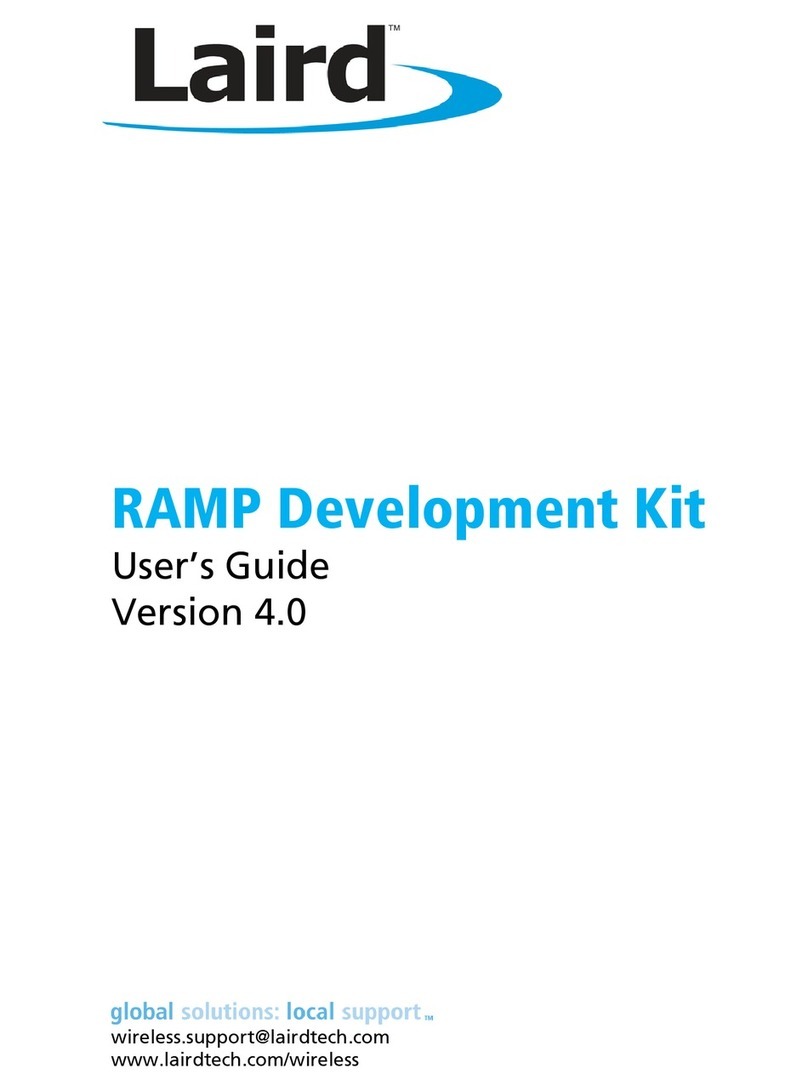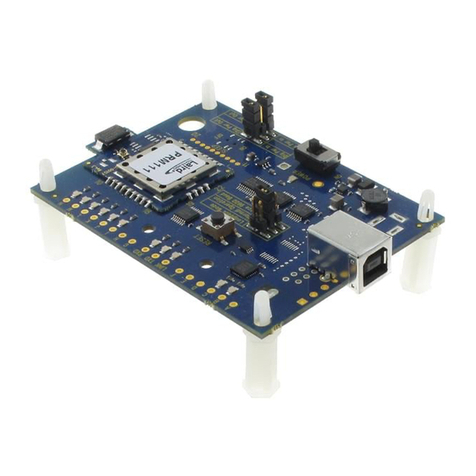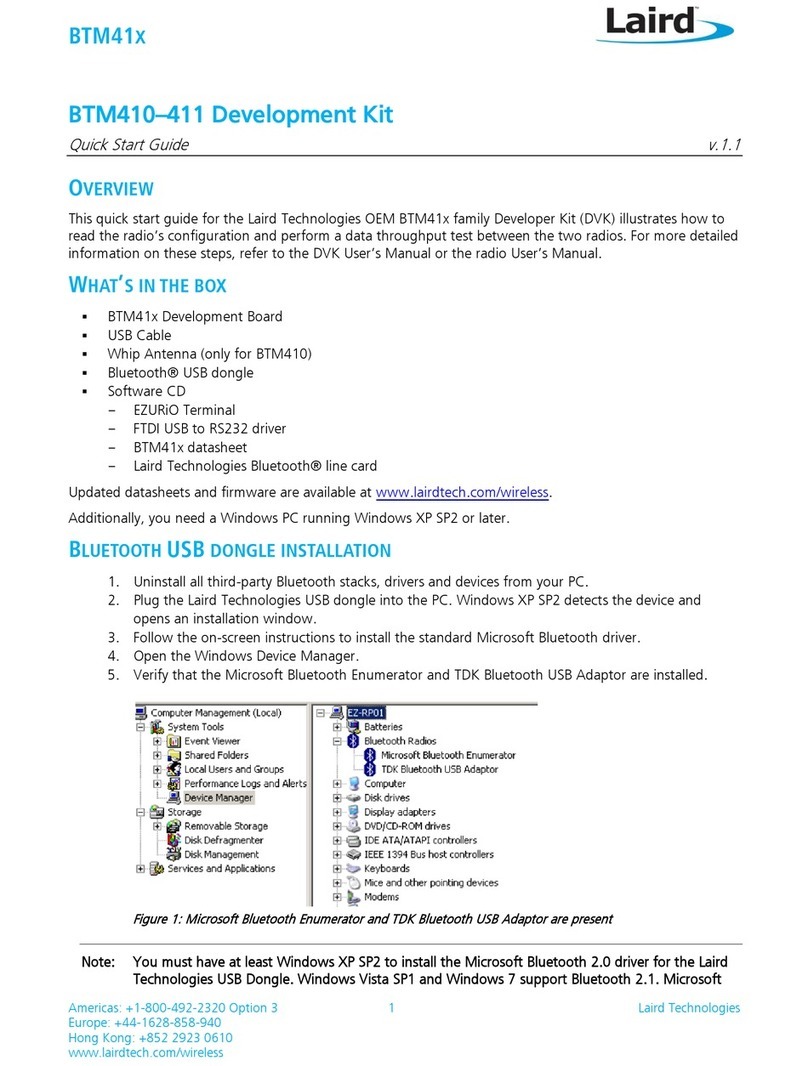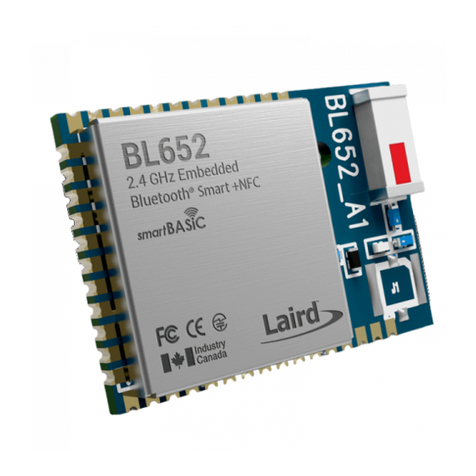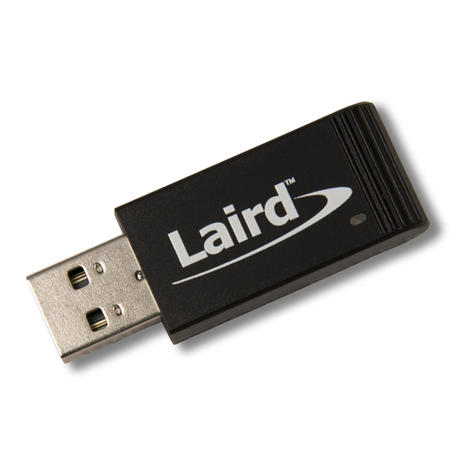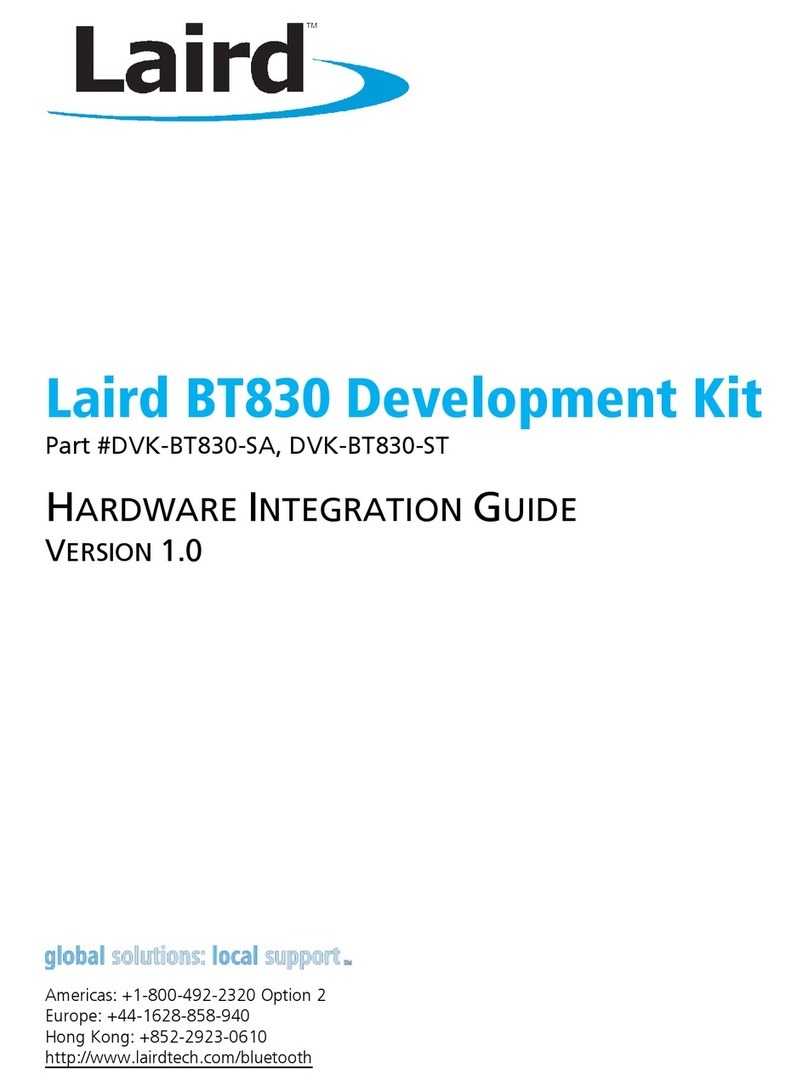1Overview .............................................................................................................................................................................4
2Laird Sterling-EWB Development Kit Part Numbers............................................................................................................4
3Package Contents...............................................................................................................................................................4
4Development Kit –Main Development Board......................................................................................................................4
4.1 Key Features..............................................................................................................................................................4
5Understanding the Development Board...............................................................................................................................5
5.1 EWB-DVK Default Configuration and Jumper Settings..............................................................................................6
6Functional Blocks ................................................................................................................................................................7
6.1 Power Supply.............................................................................................................................................................7
6.2 Module Reset Button..................................................................................................................................................8
6.3 USB Programming and Debug Interface....................................................................................................................8
6.4 Boot Option Configuration Switches...........................................................................................................................8
6.5 DVK Disconnect Switches..........................................................................................................................................8
6.6 UART Interfaces.........................................................................................................................................................9
6.7 Indicator LEDs............................................................................................................................................................9
6.8 Push Buttons..............................................................................................................................................................9
6.9 MCU Wake Button....................................................................................................................................................10
6.10 BME680 Gas/Pressure/Temperature/Humidity Sensor............................................................................................10
6.11 External Host Interface.............................................................................................................................................10
7Breakout Connector Pinouts..............................................................................................................................................12
7.1 Trace debugging (JTAG) Interface...........................................................................................................................12
7.2 Bluetooth Interface...................................................................................................................................................12
7.2.1 Bluetooth PCM Audio Interface ..........................................................................................................................12
7.2.2 Bluetooth GPIO Interface ...................................................................................................................................12
7.2.3 Bluetooth Wake Interface...................................................................................................................................12
7.3 PIN Breakout Headers .............................................................................................................................................13
8Other Features ..................................................................................................................................................................14
8.1 Current Consumption Measurements.......................................................................................................................14
9APPENDIX A –EWB Module Pin to MCU Port Mapping...................................................................................................15
10 APPENDIX B –EWB/STM32F412 Alternative Functions..................................................................................................17
11 Additional Documentation..................................................................................................................................................18
